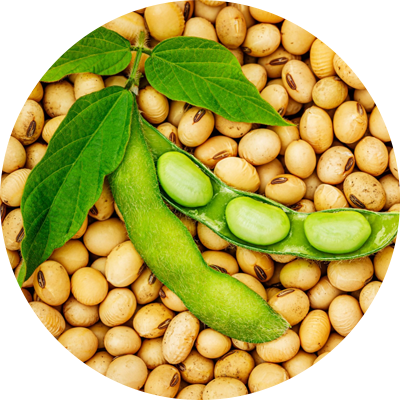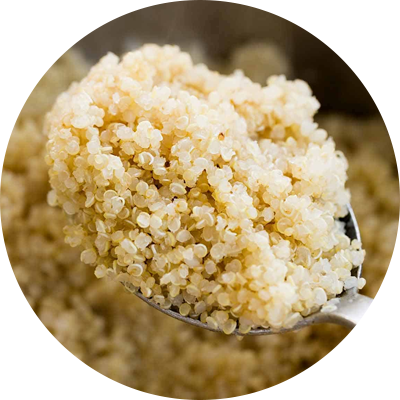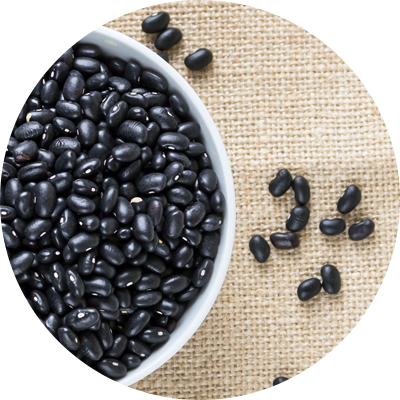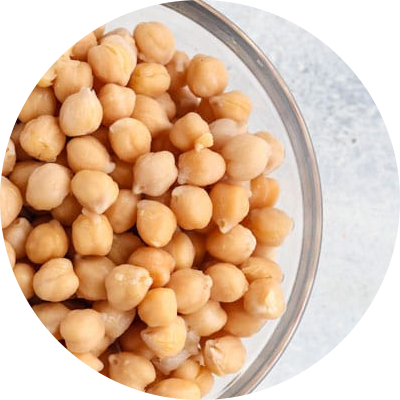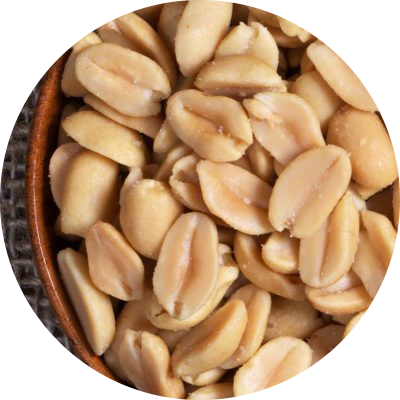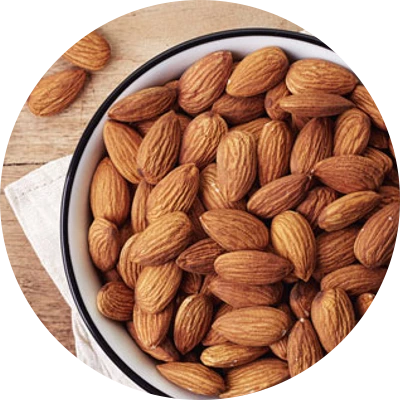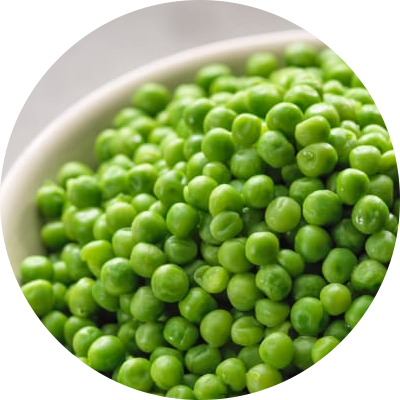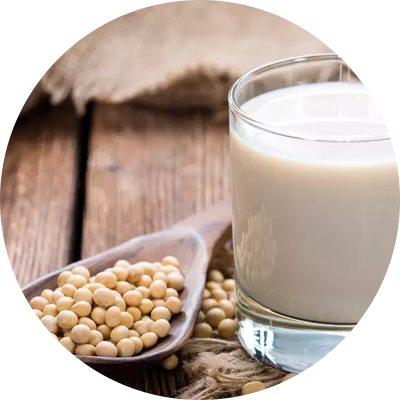No person should have to live on chicken alone. Yes, your body needs protein to build and maintain lean muscle. And the essential macronutrient helps keep you full, regulates your hormones, and builds strong bones.
But there’s so much more to protein than chicken. In fact, you can score a fair amount of protein from plants and plant-based foods.
While eating animal sources of protein such as fish, chicken, turkey, beef, eggs, and milk is an efficient way to get enough protein, you don’t have to stick to those foods to build muscle.
Research suggests that 30 grams or protein per meal aids muscle growth and promotes satiety—but that dosage isn’t dependent on animal products.
Yes, meat and dairy often contain a much higher amount of protein per serving compared to plant-based protein, explains Lisa Moskovitz, R.D., a nutritionist and certified personal trainer.
However, making an effort to eat more plant-based protein offers some major health perks.
“Plant protein is a great addition to your diet,” says Moskovitz. Plants are naturally lower in calories and often high in other key vitamins and minerals such as fiber, potassium, and magnesium, she explains.
Your heart may reap the benefits, too, because plant protein typically contains more healthy fats, fiber, and antioxidants, which “can help fight against life threatening diseases such as heart disease, stroke, diabetes, Alzheimer’s, and certain types of cancers,” says Moskovitz.
On the flip side, “many plant sources of protein such as beans, grains, and nuts are typically not complete on their own — meaning they do not contain all the essential amino acids that your body needs,” she says. In other words, you’ll just need to eat a variety of plant proteins throughout the day to make sure you get all of the muscle-building amino acids found in your standard chicken breast or grill fare.
It’s possible to make room for both in your diet. Moskovitz recommends trying to make one meal a day rich in a plant-based protein. For example…
“Instead of having your usual turkey sandwich or salad with cheese and chicken at lunch, go for a quinoa bowl with veggies and beans, or have a plate of steamed rice and lentils with roasted vegetables.”
Need more ideas? Here are the best plant sources of protein.
Tofu and Soybeans
4 ounces tofu: 11 grams (g) protein
1 cup edamame: 18 g protein
Don’t worry, soy won’t give you man boobs.
In fact, your diet may benefit from the addition of some non-processed soy, says Moskovitz. Think: edamame or tofu. “It’s a great source of complete protein, fiber, and iron,” she says.
Quinoa
1 cup quinoa: 8 g protein
“Even though most of the calories from quinoa come from carbs, it’s one of the few complete plant protein sources, meaning it contains all essential amino acids,” says Moskoviz. It’s also versatile. You can include it in an oatmeal-style breakfast bowl, a hearty lunch salad, or as a sub for rice in your stir fry.
Black Beans
1 cup black beans: 15 g protein
Black beans are “not only high in protein, but also a great source of belly-filling fiber and other nutrients like fiber and iron,” says Moskovitz. They’re great in a simple salsa for chip-dipping. Just start a can (rinsed and drained) with the juice of 1/2 lime, some chopped cilantro, some minced red onion, salt, pepper, and ground cumin.
Chickpeas
1 cup chickpeas (garbanzo beans): 15 g protein
Chickpeas make a filling meat substitute in salads or bowls and also contain lots of fiber to keep you full) heart-healthy potassium, and magnesium. They’re also the base to hummus, which is also high in protein. Mmmmm hummus.
Lentils
1 cup lentils: 18 g protein
Like beans, lentils are also a solid, versatile source of protein. “They can be added to soups or salads or enjoyed on their own with a little bit of seasoning,” says Moskovitz.
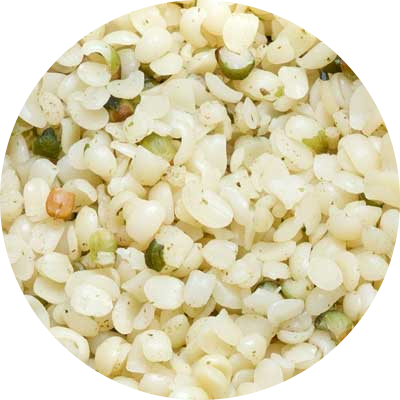
Hemp Seeds
3 Tbsp hemp seeds: 9 g protein
“These seeds are a popular staple due to their high protein content among other nutrients, particularly magnesium,” says Moskovitz. The best part? They require almost no effort to add into your diet. Slip them into your regular smoothie, toss on salad, or mix in with a serving of protein-packed Greek yogurt. They have a faintly grassy taste.
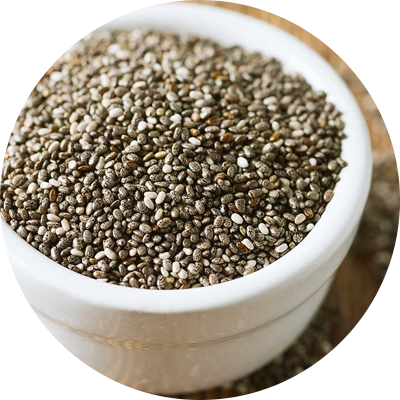
Chia Seeds
2 Tbsp chia seeds: 5 g protein
“For such a small food, chia seeds pack in so much nutrition,” says Moskovitz. They boast fiber, iron, magnesium, and calcium. “Soak them in almond milk and enjoy in pudding form or sprinkle into smoothies, yogurts, or oatmeal.”
Peanuts
1 oz peanuts: 6 g protein
These legumes are naturally high in the muscle-building nutrient. That also means that, yes, peanut butter is high in protein. This does not, however, mean that you should make a meal out of the stuff from the jar.
Almonds
1 oz roasted almond: 6 g protein
Unlike peanuts, these nuts are actually nuts—not legumes. Like peanuts, these nuts contain the same amount of protein. Also like peanuts, they are delicious.
One caveat: Almond milk, but comparison is often not high in protein. Check the nutrition facts before picking up a carton.
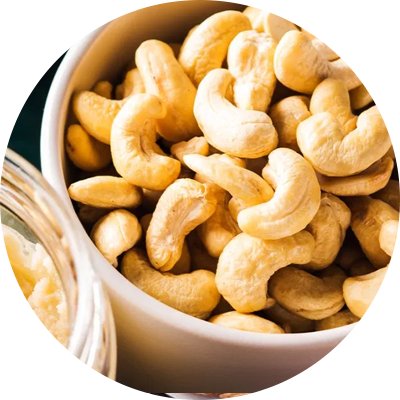
Cashews
1 oz roasted cashews: 5 g protein
More nuts? More nuts! Not only do nuts like cashews provide plant protein, but they also contain heart-healthy fats.
Cashews, in all their buttery-tasting goodness, are great for snacking, but they also work well as an ingredient in meals. Try tossing a few into your next stir-fry or curry.
Peas
1 cup: 8 g protein
They’re small, but mighty. Try them sauteed in butter and finished with fresh thyme and flaky sea salt as a simple side dish. Just don’t overcook them. They should be a bright green, not a dull green, so that they preserve their natural sweetness.
Soy Milk
1 cup: 6 g protein
If you’re a cow’s milk drinker, the taste requires some getting used to. You could go with the sweetened versions, but some of those contain a fair amount of added sugar. Your best bet is to go with the unsweetened vanilla variety, which helps the flavor.
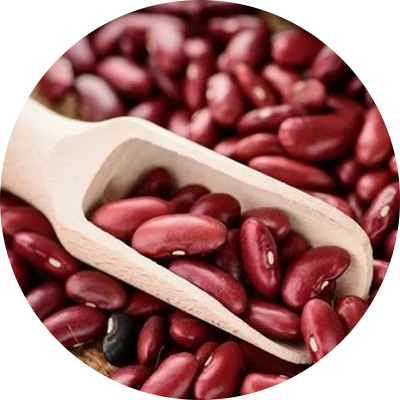
Red Kidney Beans
1/2 cup: 7 g protein
They’re a staple in vegetarian chili for good reason. They’re hearty, yet also a little creamy, which lends a nice texture. But don’t restrict them to just chili. Try them stirred into salads and soups too.
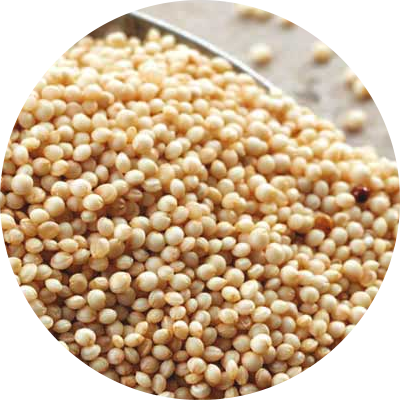
Amaranth
1 cup cooked: 9 g protein
Ama-who? This ancient grain is small, like quinoa, and also high in protein, like quinoa. But it’s shaped more like a pearl, which means it stands out in soups and can stand its own as a side dish.

